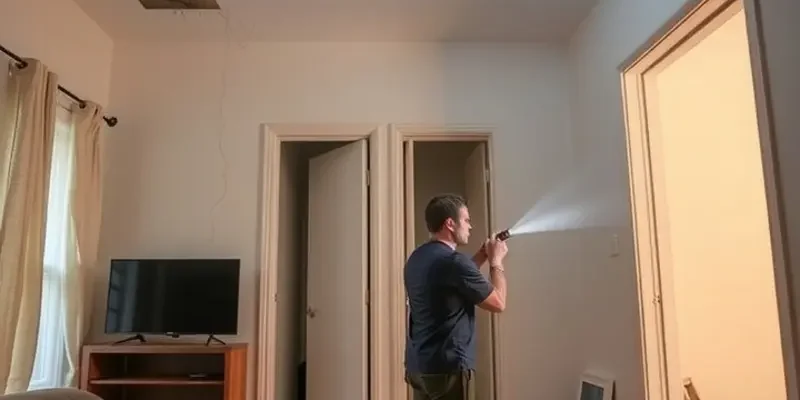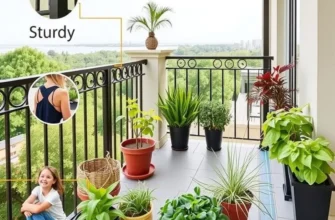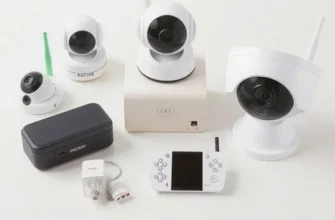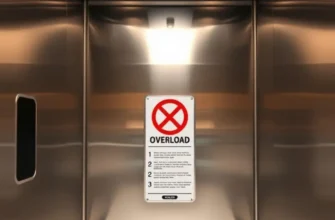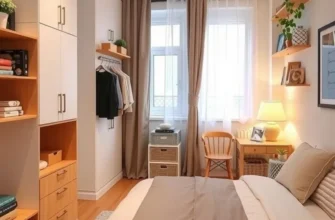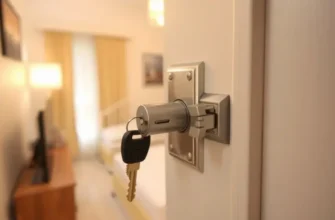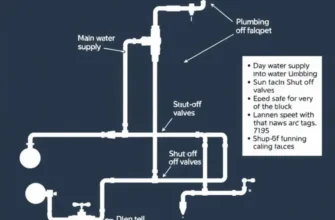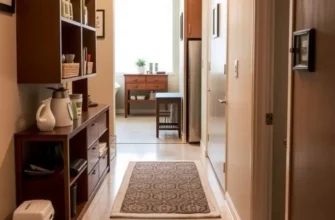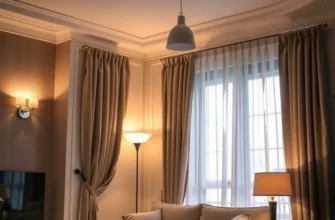Water damage is a pervasive threat that often goes unnoticed until it’s too late. As a renter, navigating apartment living comes with unique challenges, and safeguarding your home from water-related issues is vital to ensuring your peace of mind and financial security. Sudden leaks, flooding, or even unnoticed condensation can wreak havoc on your living space, causing extensive damage and creating stressful scenarios with landlords or insurance. Whether it’s a broken pipe, a malfunctioning appliance, or heavy rainfall, being proactive is your best defense. This guide will equip you with practical, easy-to-follow strategies for preventing water damage in your apartment. From immediate actions to ongoing maintenance tips, ensuring safety and hassle-free living is within your reach.
Identifying Water Risks in Your Apartment
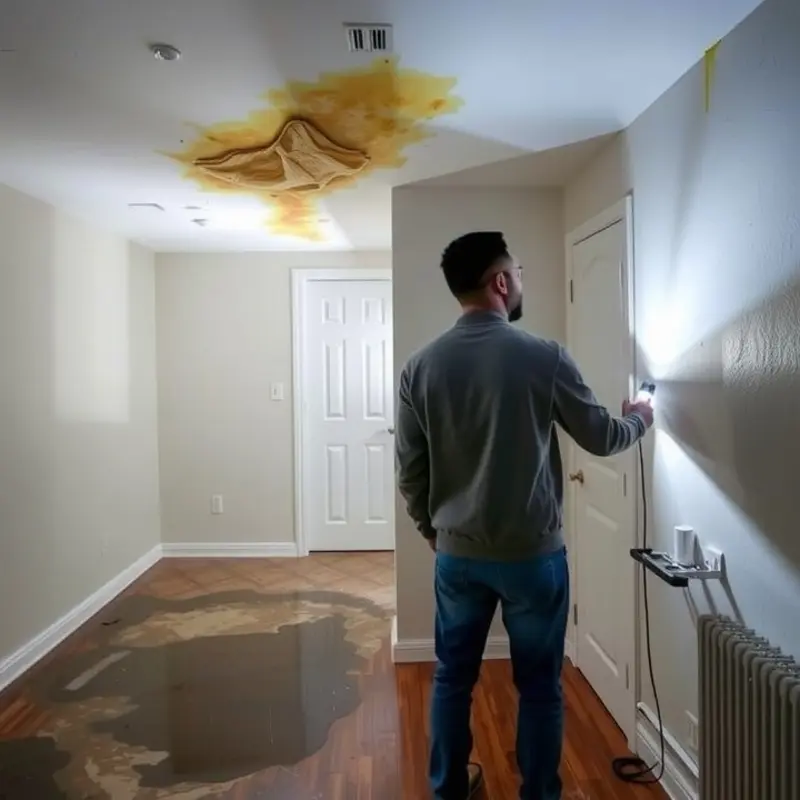
Understanding the potential sources of water damage in an apartment is crucial for any tenant wanting to protect their home and avoid costly repair bills. Water damage can strike silently, sometimes in the least expected places. A prospective renter may not always visualize the risks, but with a little diligence, you can catch vulnerabilities early on.
One common source of water damage is the plumbing system. Pipes hidden within walls and ceilings can leak or burst without immediate detection. During your regular inspections, pay attention to any unusual noises such as dripping or hissing. These could be signs of water escaping from its designated path. Also, check under sinks in the kitchen and bathroom for moisture or puddles—clear indicators of a leak.
Another notorious culprit is the roof. For those on upper floors or in multi-story buildings, water seeping from a leaky roof can seep through your ceiling, causing stains or, worse, structural issues. Look for discoloration and peeling paint on the ceiling, which may suggest water is making its way inside. Even in a seemingly dry environment, during a rainstorm, conduct a spot check to ensure there are no unwelcome surprises.
Bathrooms and kitchens, due to their frequent water use, are high-risk areas. Closely inspect caulk and grout around tiles, sinks, and tubs. If they are cracked or missing, it’s crucial to replace them promptly to prevent water seepage into apartment walls and floors. Also, make it a habit to check the seals around your bathtub or shower, as these areas are particularly susceptible to leaks and mold growth if not properly maintained.
Your apartment’s water heater is another potential hazard. Regularly survey the area around the heater for signs of rust, pooled water, or a damp odor, all of which could indicate a looming problem.
Given that appliances like washing machines and dishwashers can be notorious for malfunctioning, look for any signs of excessive moisture or pooling water underneath them. Additionally, sudden spikes in your water bill can be a subtle hint that you have a hidden leak.
To proactively manage these risks, consider adopting safe apartment laundry habits to minimize appliance-related issues. For further tips on this, check this guide to safe apartment laundry habits.
Ultimately, being observant and proactive in identifying potential water risks in your apartment can save considerable stress and expenses. Regular checks and prompt repairs keep your living space comfortable and water damage-free.
Proactive Measures for Water Protection
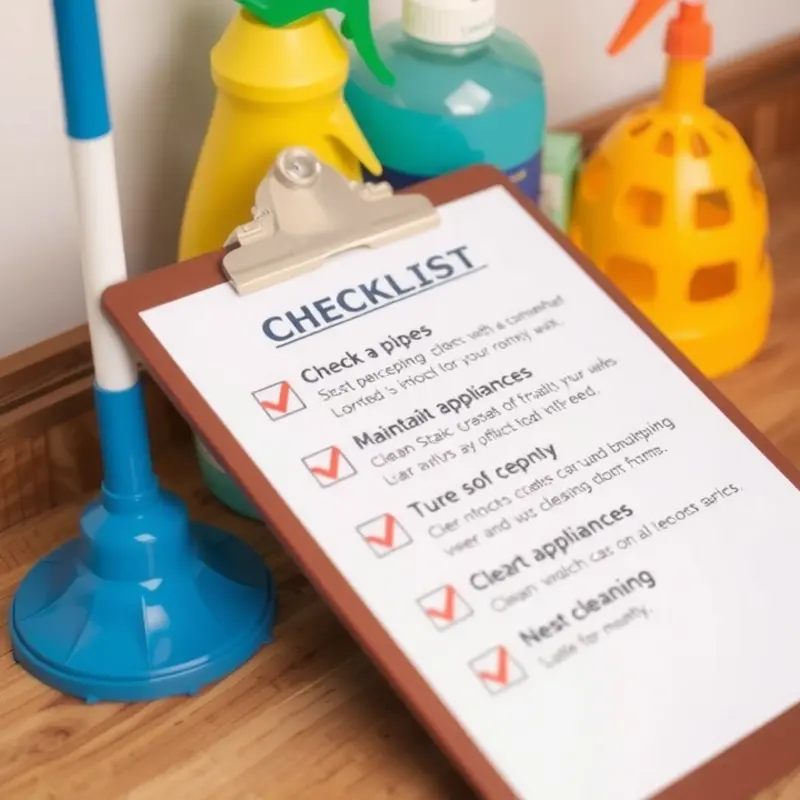
Water damage in apartments can be a nightmare, leading to costly repairs and potential health hazards. However, by adopting a proactive approach, renters can safeguard their living spaces from water-related issues. From regular maintenance to emergency preparedness, there are several effective strategies to consider.
Routine Checks and Maintenance
One of the most effective ways to protect your apartment is through routine maintenance. Start by inspecting visible plumbing fixtures such as sinks, toilets, and dishwashers for leaks. Often, small leaks can be easily fixed with basic tools and can prevent more significant water damage.
Additionally, pay attention to ceilings and walls, particularly after heavy rain. Discoloration or bubbling can signal a leak from the roof or an upstairs neighbor. Reporting these signs to your landlord promptly can prevent escalation.
Keep a schedule for routine plumbing check-ups, ensuring your apartment’s plumbing system remains in optimal condition. If you’re in charge of minor repairs, consider keeping handy a plumber’s wrench and other basic tools to address any immediate leaks.
Energy-Efficient Preventive Devices
Installing energy-efficient, water-saving devices can also mitigate water damage risks. Consider adding aerators to taps and installing a low-flow showerhead. These tools not only reduce water usage but also provide early warning signs of pressure changes that might indicate leaking.
Moisture alarms are another useful investment. These devices alert you to the presence of water in unwanted areas, such as under sinks or near washing machines, allowing for quick response to potential leaks.
Emergency Preparedness
Despite the best preventive measures, emergencies can still occur. Preparing for such situations is crucial. Have a plan for what to do in case of significant leaks or floods.
Know where your apartment’s main water valve is located and how to turn it off. This knowledge is vital during sudden pipe bursts or when appliances malfunction. You may also want to discuss an emergency plan with neighbors and your landlord, ensuring everyone knows what actions to take.
Keep contact information for an emergency plumber easily accessible. Having a reliable professional on speed dial can greatly reduce stress and response time during a water-related emergency.
Renters Insurance
Consider investing in renters insurance that covers water damage. This financial safety net can protect against unexpected costs from flooding or extensive water damage, providing peace of mind and financial security.
Finally, as part of your emergency toolkit, include items like towels, buckets, and a mop for immediate response to minor incidents, helping you manage smaller water issues until professional help arrives.
For more detailed home care advice, explore tips on safe apartment laundry habits, which can also aid in preventing water overflows and related mishaps.
Final words
Being proactive about preventing water damage in your apartment can save you both time and money. Regular inspections, immediate response to leaks, and maintaining your living space not only protect your belongings but also contribute to a secure rental experience. Remember, small actions taken today can significantly mitigate future risks. By incorporating these strategies into your routine, you’ll create a safer living environment and promote peace of mind. Embrace these tips as part of your lifestyle, and enjoy a worry-free rental experience knowing you are well-prepared for any potential water issues.

